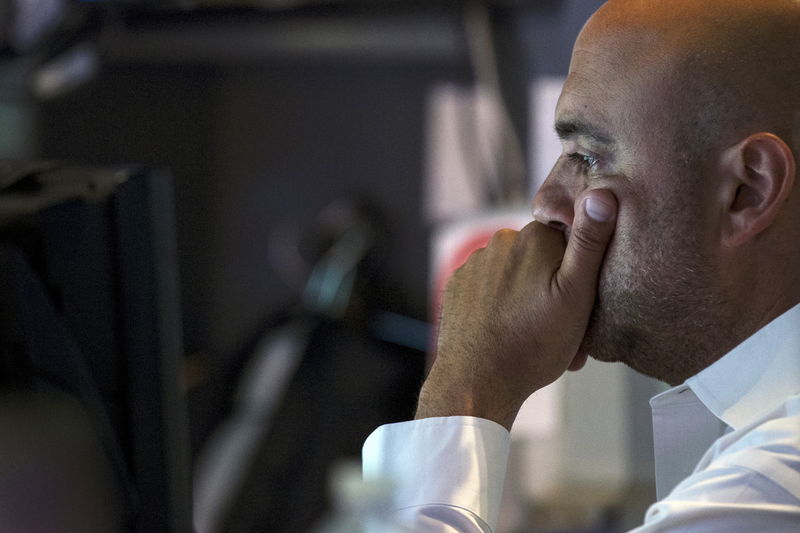In September this year, global energy giant BP (LON:BP) and Iberdrola (BME:IBE) approved the construction of a 25 MW green hydrogen project at BP’s Castellón refinery, which is scheduled to become operational in the second half of 2026.
The partnership marks the first joint hydrogen project undertaken by BP and Iberdrola through their equally owned joint venture, Castellón Green Hydrogen S.L. The project was officially announced during a ceremony commemorating the July 2024 signing of the final investment decision.
The initiative includes collaboration with the Technology Institute of Energy (ITE).
The project has secured €15 million (A$24.3 million) in funding from the Spanish Recovery, Transformation and Resilience Plan, under the European Union’s NextGenerationEU program. The funding was granted through the Innovative Value Chain and Renewable Hydrogen Knowledge initiative.
BP sees this as a key investment in its hydrogen business and its commitment to selecting high-value projects.
In particular, BP has a heavy interest in hydrogen at a time when the Albanese Government is promising billions of dollars to turn Australia into a leading supplier of green hydrogen.
BP’s hydrogen focus
BP remains committed to advancing hydrogen projects globally, as the world intensifies efforts to combat climate change.
The company is backing projects in Australia, Germany, Spain, the United States and Britain, asserting that hydrogen will play a “crucial role” in decarbonising hard-to-abate sectors like heavy manufacturing and minerals processing, which cannot simply transition from coal or gas to lower-carbon electricity.
Additionally, hydrogen could eventually store green energy, potentially enabling exports via specialised ships. Provaris Energy Ltd (ASX:PV1, OTC:GBBLF) is developing a proprietary gaseous hydrogen containment tank designed for use in carriers and storage solutions.
The designs for the H2Neo (430-tonne capacity), H2Max (2,000-tonne capacity) and H2Leo storage barge (300 to 600-tonne capacity) are progressing toward final marine classification and approval, alongside comprehensive safety studies.
The H2Neo, which is based on a standard Medium Range (MR) tanker, features two integrated tanks that store hydrogen at a maximum allowable operating pressure (MAOP) of 250 bar. A US patent has been filed for the cargo containment system and its integration into the vessel's hull.
Three renewable hydrogen projects
BP spokesperson highlighted the company’s focus on green hydrogen. Its initiatives aim to produce 'green hydrogen', generated through renewable energy that splits water into hydrogen and oxygen, resulting in zero emissions. Most hydrogen produced today, termed 'grey hydrogen', involves processes that emit carbon dioxide.
BP is driving three significant green hydrogen developments in Australia, including the Australian Renewable Energy Hub, a 26-gigawatt facility in Western Australia’s Pilbara.
This project spans 6,500 square kilometres and integrates wind turbines, solar panels, green hydrogen and green ammonia.
Additionally, BP is working on a 14-gigawatt wind and solar initiative in Geraldton and the H2Kwinana hydrogen hub, located at the site of its former oil refinery in Perth.
Engineering on the H2Kwinana hub began last year, with support from A$70 million in federal funding. The project is shortlisted for a share of the government’s 'hydrogen head-start' subsidy of A$2 per kilogram, alongside A$6.7 billion in tax credits aimed at boosting clean fuel competitiveness.
Challenges ahead
Origin Energy recently withdrew from a significant hydrogen production project in Newcastle, adding to growing concerns over the economic viability of green hydrogen in Australia.
Other companies have also faced setbacks, including Woodside, which withdrew its application for a hydrogen project in Tasmania, and Andrew Forrest's Fortescue (ASX:FMG), which paused its 2030 production targets due to high costs and energy demands.
Origin’s Newcastle project, launched in 2022 in partnership with Orica, aimed to develop a $207 million hydrogen hub to replace gas feedstock at Orica’s Kooragang Island ammonia plant, with production slated for 2026.
Despite being one of Australia’s most advanced hydrogen projects and shortlisted under a government scheme, Origin deemed it too risky due to the slower-than-expected market development and challenges with input costs and technology.
Orica remains committed to the project’s strategic potential in the Port of Newcastle and is open to exploring partnerships with other stakeholders.
Meanwhile, BP highlighted that government support, renewable energy access and critical infrastructure were essential for scaling green hydrogen projects in Australia.
Backing hydrogen
Energy Minister Chris Bowen stated that the Federal Government’s hydrogen incentives are expected to unlock approximately $50 billion in private investment.
“Government support in developing Australia’s hydrogen opportunity provides additional certainty for projects,” Bowen said. “However, how they progress remains a commercial decision for the parties involved.”
While Fortescue has paused its ambitious target to produce 15 million tonnes of green hydrogen by 2030, it remains committed to commercialising the technology. The company now plans to prioritise four green hydrogen projects across Australia, the United States, Norway and Brazil, with further projects planned in Morocco, Oman, Egypt and Jordan.
The broader hydrogen industry in Australia continues to progress.
More than 50 companies are advancing hydrogen-related investments in Australia, reflecting the ongoing interest and support for the hydrogen sector, even amid the challenges posed by high costs and infrastructure needs.
